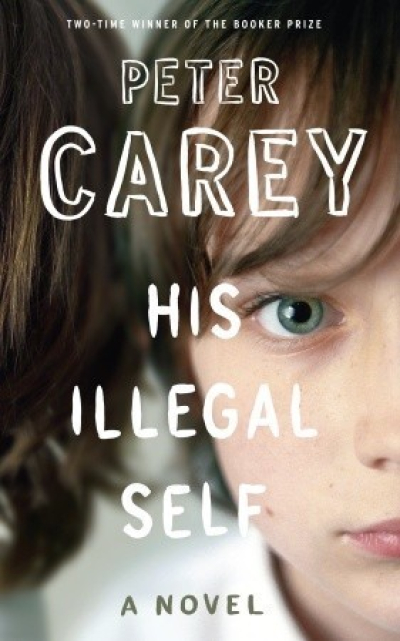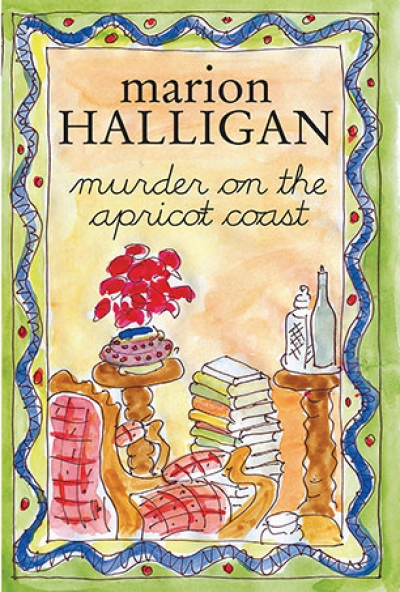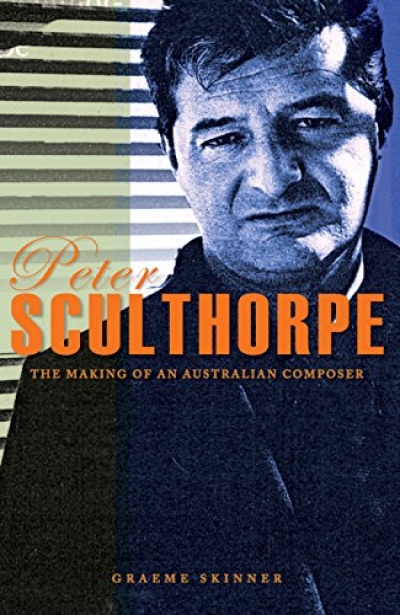Archive
Rough Justice: Unanswered questions from the Australian courts by Robin Bowles
by Grant Bailey •
I Peed on Fellini:: Recollections of a life in film by David Stratton
by Brian McFarlane •
Education's End: Why our colleges and universities have given up on the meaning of life by Anthony T. Kronman
by Simon Marginson •
Defending Darleen Bungey
... (read more)Dear Editor,
To write the biography of an artist as prolific and complex as Arthur Boyd is an ambitious undertaking, as Ian Britain notes in his review of Darleen Bungey’s account (February 2008). Her book took seven years to research and write; it underwent considerable peer review.
As its commissioning editor, I was delighted by Bungey’s highly original, imaginative and evocative prose. If Britain prefers, as he states, ‘the austerities of Franz Philipp’s seminal study ... Janet McKenzie’s beautifully economical monograph ... the poised, elegant restraint of Brenda Niall’, then he is so patently lacking in sympathy with this endeavour that he is unlikely to be fair to its author. And he isn’t.
Perils of the Studio: Inside the artistic affairs of Bohemian Melbourne by Alex Taylor
by Vivien Gaston •
Peter Sculthorpe: The making of an Australian composer by Graeme Skinner
by Elliott Gyger •
Rebel Journalism: The writings of Wilfred Burchett edited by George Burchett and Nick Shimmin
by Nick Fischer •









